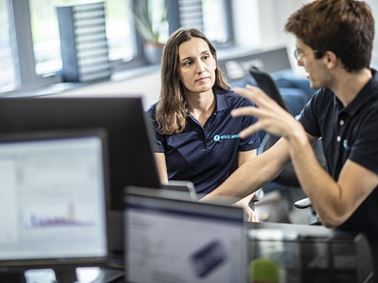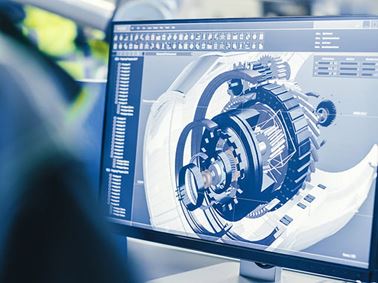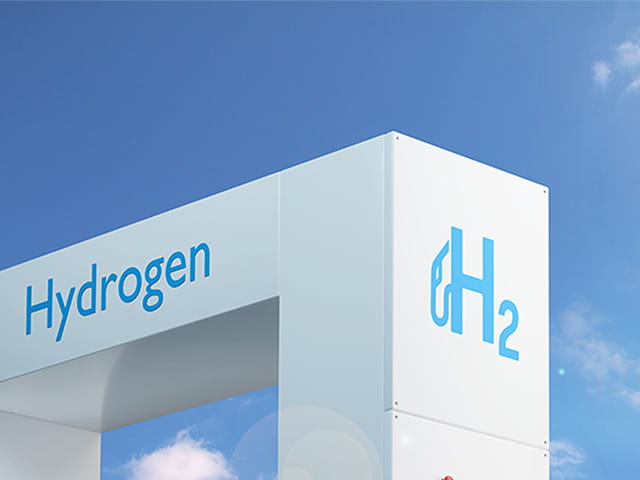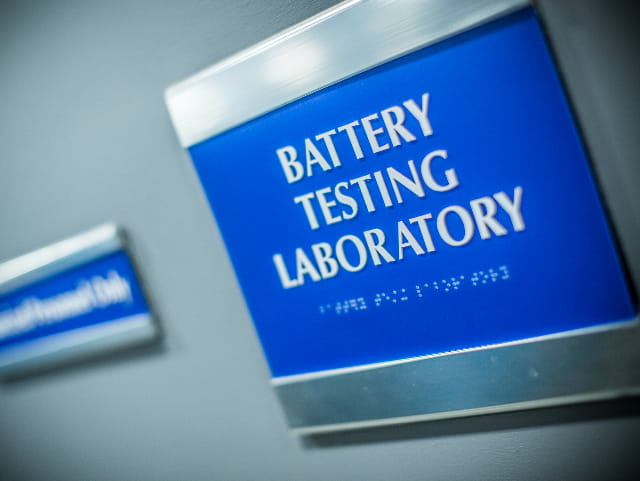
Talk to an Expert
+44 808 234 1667Techno-Economic Assessment for Vanadium Redox Flow Battery Project
Background
Vanadium Redox Flow Batteries (VRFBs) were first invented almost fifty years ago but are little known outside the power systems industry.
They use liquid electrolytes pumped through an electrical cell, with both electrolytes being different valences of vanadium ion in a salt solution. Their advantages are that they are safe, easily scaled by simply increasing the size of the electrolyte tank, and degrade much more slowly than other battery types; their disadvantages are that they are bulky, have moving parts (the pumps), and have lower energy density than Lithium ion.

The Challenge
With the original patents have expired, our client wished to explore whether there was an economic case for investing in a manufacturing facility in the UK. Various subsidiary patents had been filed over the years making improvements to the chemistry of the system and these were still in force, so the question was whether the original, unmodified concept still provided a commercially viable proposition.
Element Digital Engineering recognized that a number of questions needed to be addressed:
- What was the extent of patent coverage around the various variants of the VRFB concept and what was the most efficient system that was not currently covered?
- What was the market potential for the device, initially within the UK and then within Europe?
- What were the commercial competitors, both within the VRFB market and then the alternative technologies addressing the same market?
- What would the outline costs be of establishing a manufacturing facility, and the costs of the consumables and components for the final system?
The intention would be to move to a more detailed concept study for a manufacturing facility once the strength of the market and the viability of the technology had been established.
The Solution
Each of the issues captured above was addressed by a detailed desktop research activity, drawing heavily upon our experience and knowledge of the power industry. We quickly established that the patents held were international and some of the early enhancements were now also out of patent coverage.
There was one UK VRFB manufacturer already, but operating within a tightly targeted market scope that allowed space for another entrant. Potential market applications that were not being exploited were identified, with simple outline net present value calculations being used to demonstrate that such applications were commercially viable. Finally, an initial assessment of manufacturing requirements was made, focusing on the space required, supply chain, any regulatory issues, and equipment costs.
The Result
We prepared a detailed report that concluded that, at the time, there was a good case for further investment as VRFBs offered a lower-cost solution to industrial or local energy storage than Lithium-ion or other competing technologies.
To learn more about Techno-Economic Assessment, or if you have any questions, contact our team today.
Find related Resources
Related Resources
Related Services

Digital Engineering Case Studies
Read examples of how Element Digital Engineering utilize modeling, simulation, and other digital tools to help our customers innovate and solve complex challenges.

Modeling and Simulation Services
Optimize your project with our modeling and simulation services. Our expertise ensures cost-effective, compliant solutions. Enhance your project today.

Data Science and Machine Learning Services
We combine state-of-the-art data science and machine learning to provide insights that help you improve performance and increase productivity.

Join The Digital Engineering Team
Element Digital Engineering is growing fast. We work at the forefront of Element's digital transition, delivering insight, guidance and answers to complex engineering and technology challenges. Start your Element journey today!




